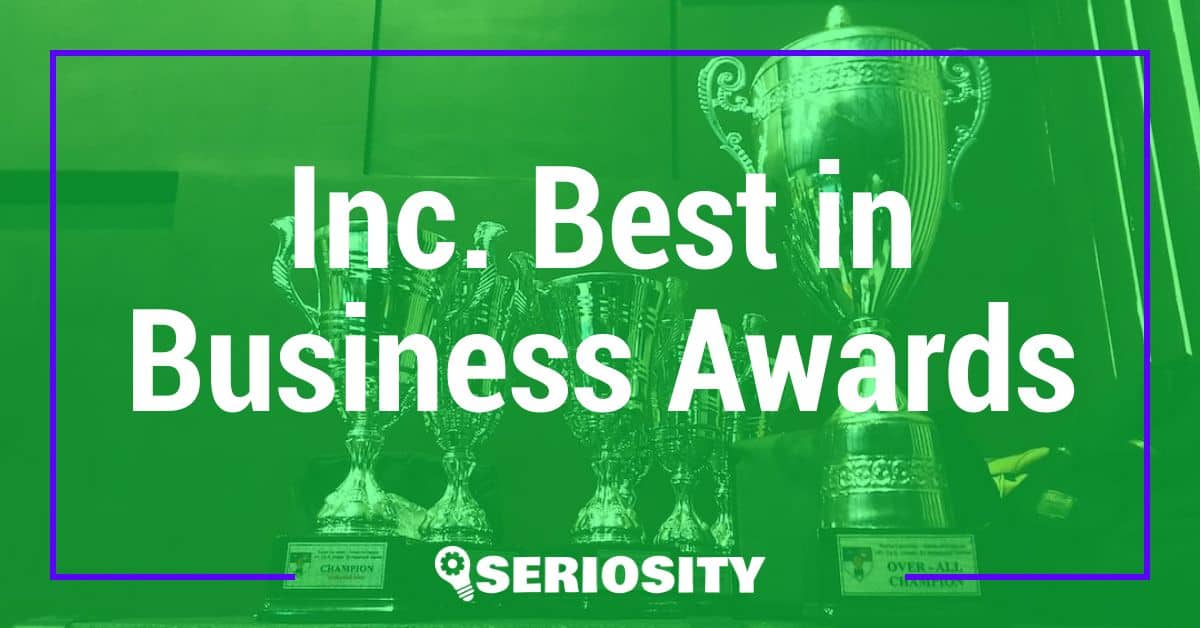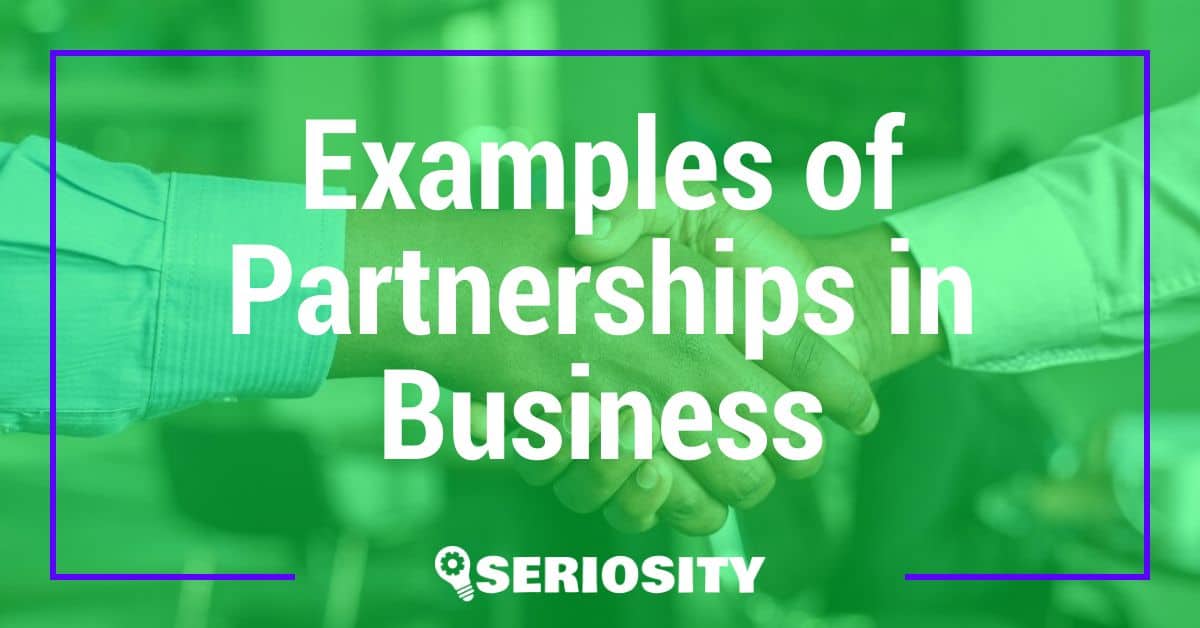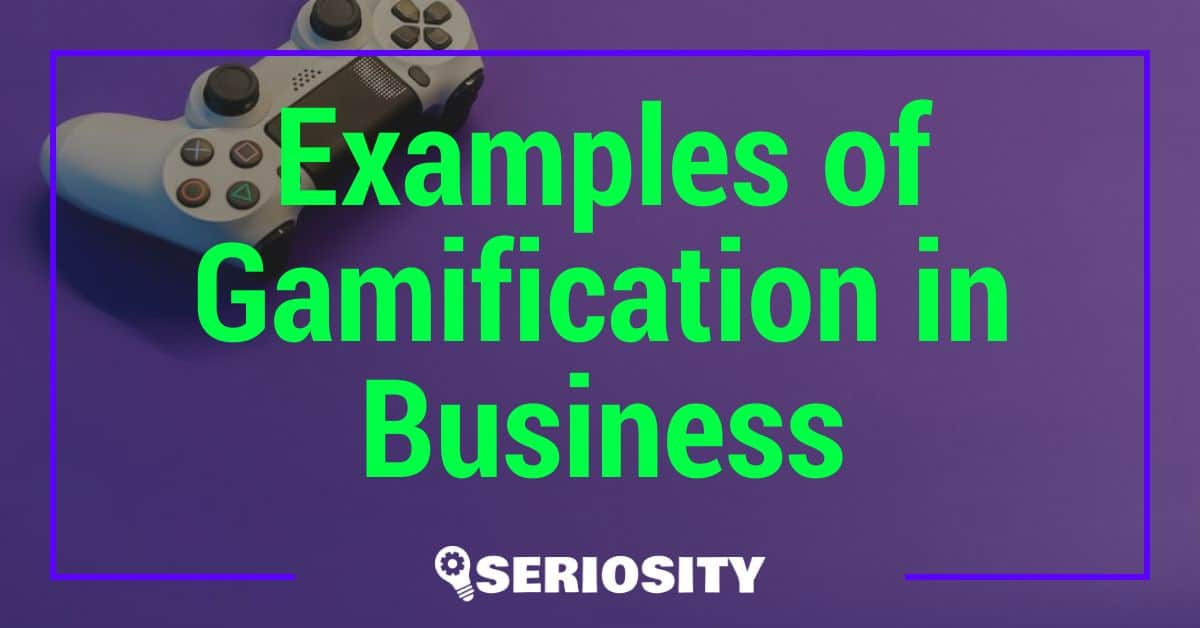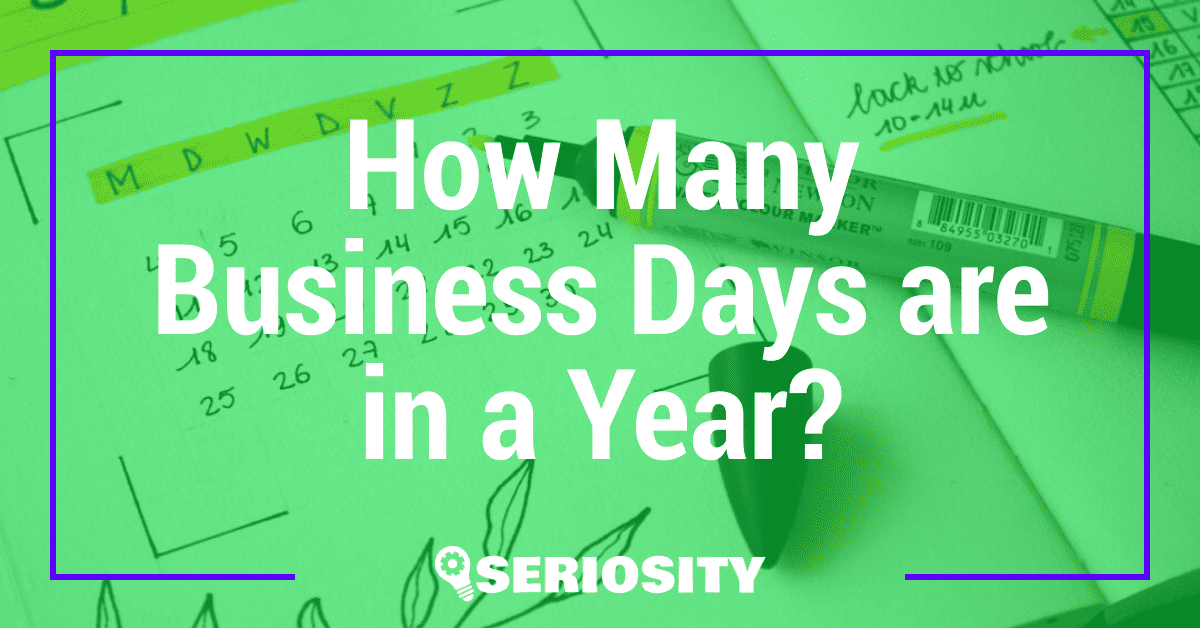Ever wondered who owns the colorful bricks that have built endless worlds in your living room? LEGO, a name synonymous with creativity and imagination, isn’t just a childhood staple; it’s a global empire. But who’s behind this juggernaut of joy?

The story of LEGO’s ownership is as fascinating as the creations it inspires. It’s a tale that stretches from a small carpenter’s workshop in Denmark to a worldwide phenomenon. So, who holds the keys to the kingdom of interlocking bricks? Let’s dive into the intriguing world behind LEGO’s ownership and uncover the master builders of this playful empire.
Key Takeaways
- The LEGO Group is owned primarily by the Kirk Kristiansen family, who have been at the helm since its founding in 1932, highlighting the importance of family legacy and innovation in building a global brand.
- LEGO’s switch from wooden to plastic bricks in the mid-20th century underlines the company’s adaptability and willingness to embrace new technologies for product development.
- The LEGO Foundation, which owns a 25% stake in the LEGO Group, plays a pivotal role in guiding the company’s philanthropic efforts, emphasizing the integration of charitable goals with business objectives.
- LEGO’s commitment to using sustainable materials by 2030 showcases the company’s forward-thinking approach in adopting socially responsible business practices.
- The future of LEGO involves balancing traditional values with modern technological advancements, potentially expanding its role in educational technology and maintaining its core mission of fostering creativity and learning through play.
The Beginnings of LEGO
As an entrepreneur and business enthusiast, you know that every giant success story starts with humble beginnings. LEGO’s story is no different and it’s downright inspiring for anyone looking at starting their own venture. Founded in 1932 by Ole Kirk Christiansen in Denmark, LEGO began not as the toy empire we know today, but as a small carpenter’s workshop. Imagine that – a simple carpenter’s vision transforming into a globally recognized brand. It’s the kind of entrepreneurial spirit that fuels your own ambitions.
The name “LEGO” itself is derived from the Danish words “leg godt,” meaning “play well.” Little did Christiansen know, this concept of “playing well” would resonate globally, transcending cultures and languages. It’s a testament to picking a brand identity that truly embodies the essence of the business.
In the early days, Christiansen’s workshop focused on making wooden toys. Yes, the iconic plastic bricks that define LEGO today were nowhere in sight back then. It wasn’t until 1947 that LEGO made a pivotal move, acquiring a plastic injection molding machine, which laid the groundwork for the first LEGO brick in 1949. These early bricks were called “Automatic Binding Bricks”, and although they were a step towards the LEGO we know and love, they weren’t quite there yet in terms of functionality and design.
Seeing LEGO’s adaptability and innovation from wood to plastic highlights a crucial lesson for your own entrepreneurial journey: be adaptable and ready to pivot when necessary. The success of your online business or side-hustle might just depend on how well you can navigate changes and seize new opportunities.
As LEGO continued to evolve, so too did its product line and global reach, proving that with the right mix of innovation, quality, and a bit of fun, an ordinary idea can become an extraordinary success.
Family Ownership: The Kirk Kristiansen Legacy
Diving into the heart of LEGO’s success, you’ll find the Kirk Kristiansen family. This isn’t just a tale of brilliant entrepreneurship; it’s a story deeply rooted in family values and a commitment to quality and innovation. The Kirk Kristiansen family’s journey with LEGO started with Ole Kirk Christiansen, the founder, and has continued through generations, showcasing a legacy that’s as robust and interconnected as the bricks themselves.
Imagine taking over your family’s business. Now, picture that business being LEGO. That’s a dream many might have, but for the Kirk Kristiansen family, it’s been their reality – and responsibility – for decades. Since 1932, this family has steered LEGO through the ebbs and flows of the global market, never losing sight of the founder’s original vision to “play well.” This deep-rooted connection to their heritage is a key piece of what keeps LEGO as a front-runner in the toy industry.
Kjeld Kirk Kristiansen, Ole’s grandson, took LEGO to unprecedented heights during his tenure. His vision for LEGO wasn’t just about maintaining the status quo; it was about pushing boundaries, fostering creativity, and ensuring that LEGO remained a staple in playrooms around the globe. It’s under his watch that LEGO expanded its reach, not just in terms of geography, but in the hearts of millions.
As entrepreneurs and business enthusiasts, there’s a lot to learn from the Kirk Kristiansen family. First, innovation coupled with tradition can be a potent formula for sustained success. Second, passion for your product can fuel growth that transcends generations. And finally, a commitment to quality and core values never goes out of style.
Looking at LEGO and the legacy of the Kirk Kristiansens, it’s clear that maintaining a global empire requires more than just business acumen. It demands a dedication to the principles that made you successful in the first place. For anyone venturing into the online business world, startups, or even a side-hustle, the LEGO story is a testament to what can be achieved when you build your dreams, brick by brick, on a foundation of unwavering values and innovative spirit.
LEGO Group: A Family Business
Digging into the heart of the LEGO Group, you’ll find not just a global enterprise but a passionate family affair. It’s a tale that resonates with anyone who’s ever turned a personal passion into a living, breathing business.
At its core, LEGO isn’t just another toy company; it’s the embodiment of a family’s undying commitment to quality, creativity, and innovation. The Kirk Kristiansen family has steered this ship since 1932, transforming a humble carpentry workshop into a beloved global brand. What stands out is their unwavering adherence to the founder, Ole Kirk Kristiansen’s ethos: the importance of play in learning and development.
Kjeld Kirk Kristiansen, Ole’s grandson, particularly symbolizes the shift from a national treasure to a global giant. Under his guidance, LEGO began to spread its colorful bricks across the globe. His leadership heralded an era of groundbreaking product lines and expansions that brought LEGO into millions of homes worldwide. Imagine, one family’s vision shaping the childhood and creativity of generations—truly, a testament to the power of family in business.
For you, as an entrepreneur, the LEGO story is a beacon of inspiration. It teaches that at the heart of every successful venture lies passion. But more than that, it’s a clear demonstration that sustaining a business across generations requires an unshakeable foundation of core values and principles. LEGO’s journey from a small workshop to a global player underlines the importance of staying true to your vision while embracing innovation.
What’s incredibly relatable is the blend of tradition and modernity. As someone who’s delved into online businesses and constantly scouts for new side-hustles, the LEGO narrative offers a valuable lesson: success is iterative. It builds, much like LEGO bricks, on the balance of preserving foundational values while seeking out new horizons.
The LEGO Foundation and Ownership
As an entrepreneur and business enthusiast, there’s always something incredibly inspiring about the stories behind globally recognized brands, especially when those brands not only create an impressive legacy but also give back to the community in meaningful ways. LEGO is one such brand, and a significant part of its impact comes from the LEGO Foundation.
Established by the LEGO Group, the LEGO Foundation strives to build a future where learning through play empowers children to become creative, engaged, lifelong learners. It’s not just about the toys; it’s about the impact those toys have on developing minds. This mission merges beautifully with what you, as an entrepreneur, might recognize as core values driving business success: creativity, innovation, and social responsibility.
The Foundation owns a hefty 25% stake in the LEGO Group, ensuring that a portion of LEGO’s profits goes directly towards supporting global educational initiatives. This unique ownership structure ensures that, as LEGO thrives, so does its philanthropic reach, reflecting a business model where profitability and positive societal impact are intertwined.
| Ownership Stake | Entity |
|---|---|
| 75% | Kirk Kristiansen Family |
| 25% | The LEGO Foundation |
Moreover, being part of LEGO’s ownership architecture, the Foundation plays a crucial role in the company’s decision-making processes, emphasizing sustainability and educational development in every product and campaign. This approach not only enhances the brand’s global reputation but also resonates deeply with consumers who value corporate responsibility.
For you, as someone fascinated by startups, side-hustles, and the mechanics of successful businesses, LEGO’s model presents a brilliant case study. It demonstrates how integrating charitable goals with business objectives can magnify a brand’s impact and longevity. As LEGO continues to innovate and expand its reach, its foundation ensures that the core values of creativity and learning remain central to its mission, inspiring entrepreneurs worldwide to think beyond mere profit.
The Future of LEGO Ownership
As an entrepreneur and business enthusiast, you’re always on the lookout for what makes a company not just succeed, but thrive over generations. LEGO’s unique blend of family ownership, corporate responsibility, and a solid foundation in the LEGO Foundation provides a robust case study.
Moving forward, the interplay between these elements may evolve in fascinating ways. With the world increasingly pivoting towards sustainable and socially responsible business practices, LEGO’s ownership structure positions it well ahead of the curve. The company’s commitment to using sustainable materials in its products by 2030 is a testament to this forward-thinking approach.
Yet, as the market conditions change and the demand for digital and interactive play experiences grows, LEGO’s strategy will undoubtedly adapt. The adaptation could influence the company’s ownership dynamics too. Whether this means involving more technology-focused partners or opening the doors to public investment remains a question. However, given LEGO’s historical emphasis on maintaining control within the Kristiansen family and the LEGO Foundation, any such changes would likely aim to preserve the company’s core values and mission.
With technology drastically shaping industries, LEGO could leverage this to enhance learning through play, possibly intensifying its collaboration with educational technology firms. This evolution might also reflect on how the LEGO Foundation allocates its resources, potentially increasing its investments in tech-driven educational initiatives.
For entrepreneurs like yourself, LEGO represents a fascinating blend of tradition and innovation. The company’s ability to balance profit with purpose, all while navigating the complexities of a global market, offers invaluable insights into achieving long-term success. As LEGO continues to build its future, keeping an eye on how its ownership and foundational mission evolve could inspire your next big venture.
Conclusion
As you’ve seen, LEGO’s journey is a testament to the power of blending family values with forward-thinking corporate responsibility. The company’s focus on sustainability and education through play not only sets it apart but also charts a path for its future. With potential shifts in ownership on the horizon, it’s clear that any changes will be made with a keen eye on preserving the essence of what makes LEGO so special. For entrepreneurs and business enthusiasts alike, LEGO’s story offers a blueprint for success that marries profit with a deeper purpose. Watching how LEGO navigates the evolving market landscape, while staying true to its core, promises to be as instructive as it is inspiring.
Frequently Asked Questions
What is the current structure of LEGO’s ownership?
The current ownership structure of LEGO primarily involves family ownership alongside a strong emphasis on corporate responsibility, guided significantly by the values and vision of the LEGO Foundation.
How does LEGO integrate sustainability into its business practices?
LEGO integrates sustainability into its business practices through commitments to socially responsible manufacturing, reducing environmental footprints, and investing in sustainable materials and technologies.
What changes in ownership structure could LEGO face in the future?
LEGO might evolve its ownership structure by potentially incorporating technology-focused partners or exploring public investment options, all while striving to preserve its core values and mission.
How could LEGO enhance learning through play?
LEGO could amplify its impact on learning through play by increasing collaborations with educational technology firms and stepping up investments in tech-driven educational initiatives, aligning with its vision for future generations.
Why is LEGO’s approach to business significant for entrepreneurs?
LEGO’s model demonstrates how to balance profit with purpose, navigating global complexities for long-term success. Entrepreneurs can learn valuable lessons from LEGO’s commitment to sustainability, innovation, and social responsibility in crafting their business strategies.
How could observing LEGO’s future evolution benefit entrepreneurs?
By monitoring how LEGO adapts its ownership, mission, and collaboration strategies, entrepreneurs could gain insights into sustainable business practices, technological innovation, and ethical leadership, offering inspiration for their ventures.














